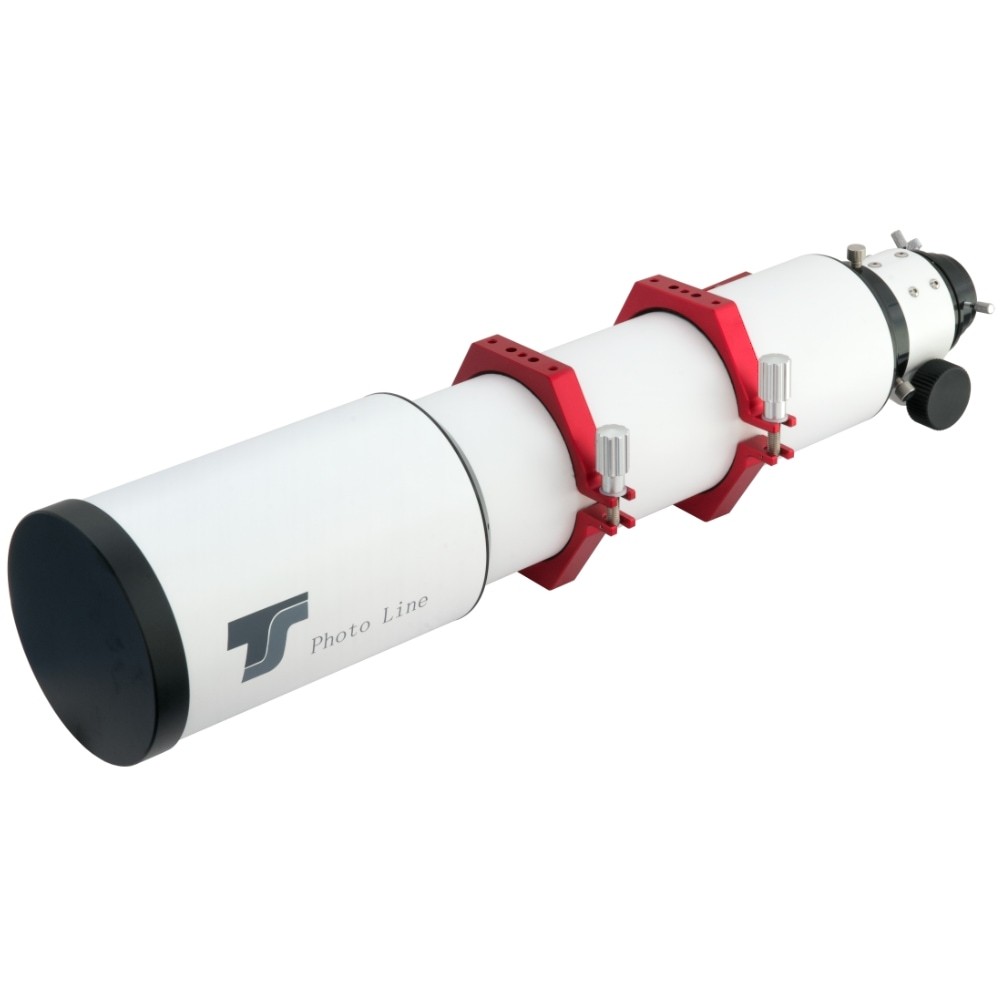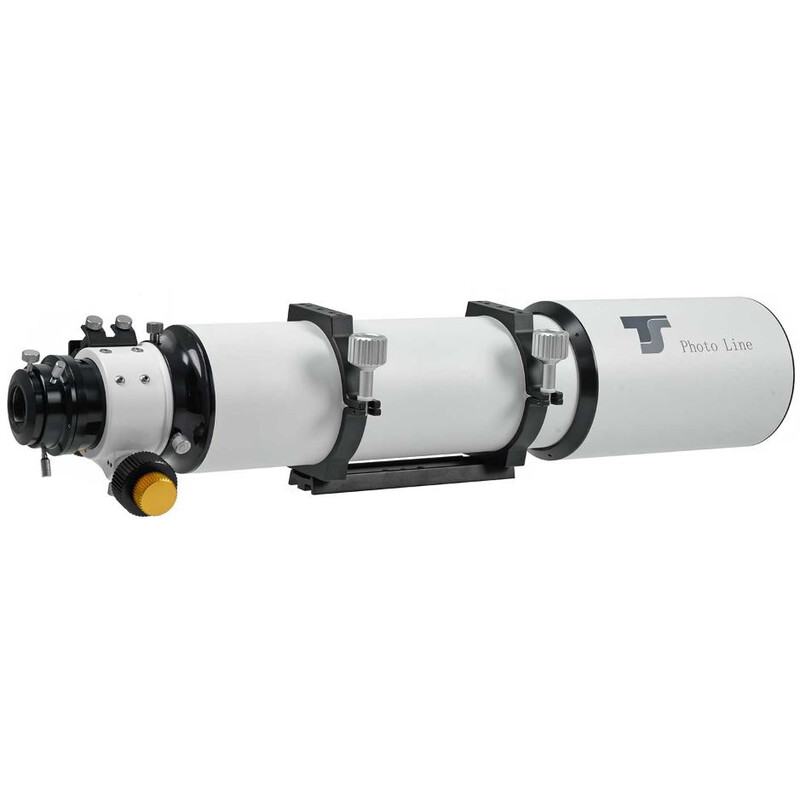
I don’t find these as useful unless there is more severe eccentricity and I’m trying to diagnose an issue.

The eccentricity plots are shown below if you’re interested. The takeaway is that there are not significant differences across the FOV in either case. In both cases, these values are typical for my skies, and these were taken on different nights, so any differences in absolute values cannot be attributed to the flattener or reducer. Since the image scale with the reducer is 1.01”/px, this is about 2.6-3.0”.
The reducer’s bands (top) run from 2.6 to 3.0 pixels, with a median of 2.68. Since the image scale is 0.852”/px, this translates to 2.5-2.7” The FWHM bands with the flattener (bottom) range from 2.9 to 3.2 pixels, with a median of 2.99. These are using green channel images, since that’s the middle of the spectrum. Now let’s look at the outputs of PixInsight’s FWHMEccentricty script. In both cases, stars are sharp to the edges. The images below show the center and corners of the ASI2600MM using both the flattener and the reducer. The images I got with the Photoline130 were very sharp. (These are uncorrected images below just to show the FOV.) Sharpness At 910 mm, I get a FOV of about 1.5°x1.0°. The image below shows a comparison of the field of view with an APS-C sensor at the native 910 mm f/7 using the flattener and 728 mm f/5.6 using the reducer. Field of view: native and with the reducer Of course, spring is the worst time to get a scope, as I’ve barely had five clear nights in two months, but I’ve cobbled enough data together for a review, with a few finished images forthcoming. I have a ZWO EAF attached, which installed in about 5 minutes. I have no desire to swap it out for a Moonlite or Feathertouch, nor do I think either would offer a meaningful improvement. The 2.5” focuser is better than almost any other standard focuser I’ve seen. The 0.8x reducer is shown attached below, and as you can see, everything is very tight. At least when I bought the scope, the Gen1 reducer came up as a recommended accessory, so I didn’t notice the Gen2 until I’d looked around the site a bit. The Gen2 flattener (TSFLAT2.5G2) has a 55 mm backfocus, and saves you from buying several other adapters to connect the 2.5” focuser to standard astro-camera threadings. I bought both the 2.5” flattener and reducer. They also offer a matched flattener and 0.8x reducer in both 2.5” and 3.0” sizes. Since my main camera is a ZWO ASI2600MM with an APS-C sized sensor, I went with the 2.5” focuser. It comes with either a 2.5” or 3.0” rack and pinion focuser. After some research, I found that there are several similar models of 130 mm refractors, but TS-Optics appears to be the only vendor offering it with an FPL53 element. Note: for major dewing and larger optics which have bigger lens, which is further away from the front of the dew shield we still recommend dedicated dew strip.I have wanted a 130-140 mm refractor for a long time, and after failing to find a TEC140 or TOA130 in my price range, I was pleased to get a TS-Optics Photoline 130 this spring. And for smaller telescopes it can even take care of optics dewing. You can adjust the brightness according to your camera responsiveness/gain settings and different filters.īut that is not all! For those with humid conditions, we are also offering an optional accessory – built in heater, which can dry up the dew off the LED panel. When you finish imaging, you simply close it up and turn on (dimmable) LED light. 
While you image, flap panel is neatly tucked away next to the refractor tube.

Our flap panel makes making flat frames with your refractor telescopes part of automated routine, without hacks like LCD screens, sky with T-shirt etc. Making flats can be quite cumbersome, especially if you stride towards automation and simplification of the process.







 0 kommentar(er)
0 kommentar(er)
